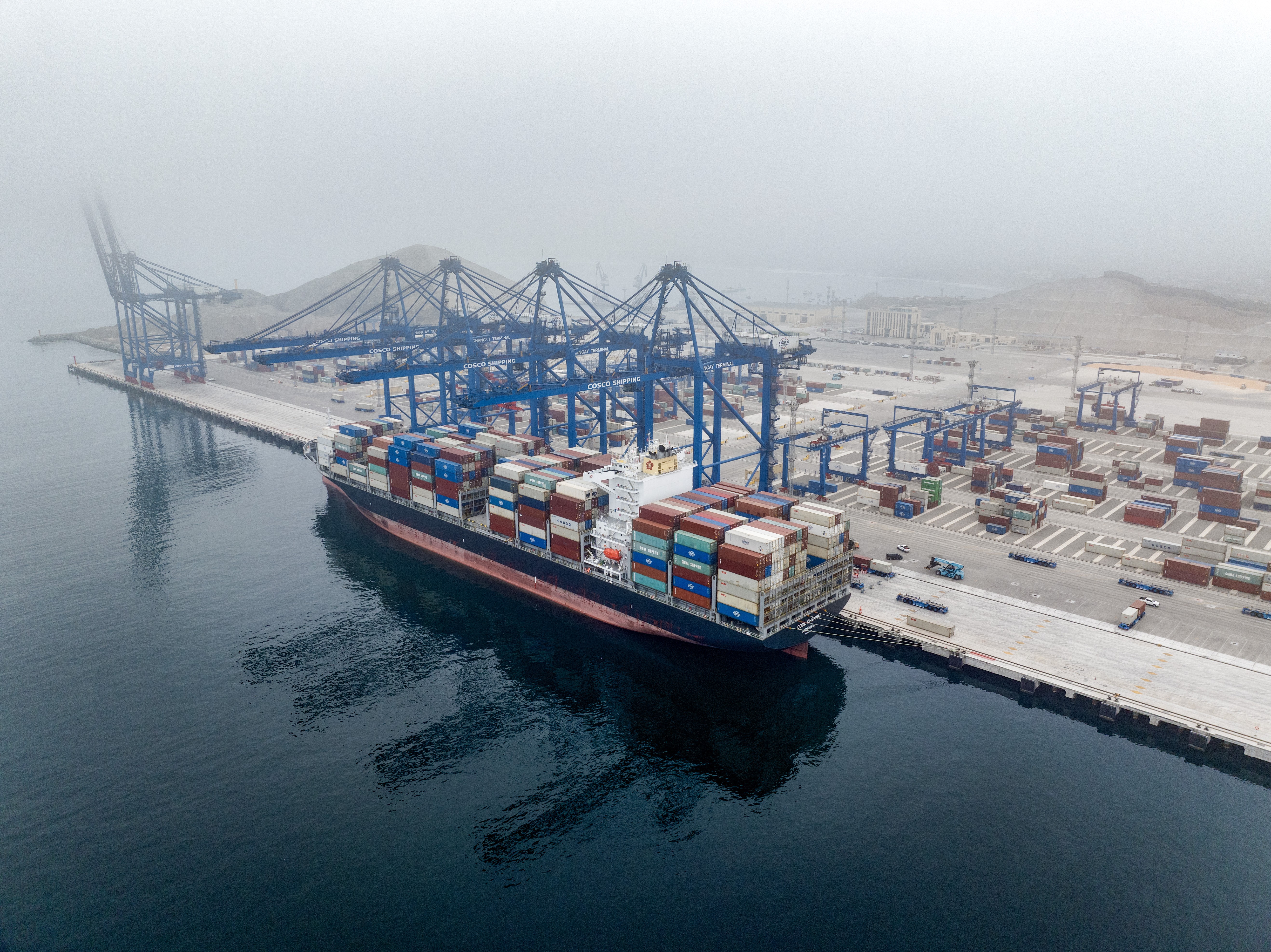Reference News Network, July 17 report - The U.S. "Congressional Hill" daily website published an article written by Imran Khalid on July 14, titled "China's 2.0 version of the Belt and Road Initiative - smaller projects, greater impact", here is the translation:
At the beginning of July, a large number of goods from western China arrived at the Port of Chancay in Peru, symbolizing a milestone of China's more low-key and also wiser new global infrastructure strategy. As the joint construction of the Belt and Road Initiative has evolved, ports, railways, and data cables are replacing the noise of ceremonial celebrations with their functional advantages.
With shortened shipping times, once quiet fishing villages have transformed into logistics hubs.
This is the new face of China's global strategy. Instead of as many ribbon-cutting photos as before, it focuses more on how to reconnect the world.
Since the proposal of the joint construction of the Belt and Road Initiative, China has made some adjustments to it. Eye-catching large projects are being replaced by a more low-key, greener (and strategically smarter) stage of development. Smart ports in Latin America, fiber optic corridors in Africa, and mangrove restoration centers in Southeast Asia all bear the mark of Chinese connectivity.
We can call this the 2.0 version of the joint construction of the Belt and Road Initiative. This version is smaller but wiser. It is gaining influence where traditional diplomacy has not been able to reach.
According to official Chinese media reports, by 2023, the total import and export volume between China and countries participating in the joint construction of the Belt and Road Initiative exceeded 19 trillion U.S. dollars. However, the numbers alone cannot reflect the full picture. China's current strategy involves both engineering construction and standard setting. China is exporting standards and changing the political narrative of aid.
In many regions where the West emphasizes defense cooperation, China's actions in promoting civil infrastructure are filling gaps in a different way. Although the U.S.-led "Partnership for Global Infrastructure and Investment" and the EU's "Global Gateway" initiative have tried to compete with the joint construction of the Belt and Road Initiative, the plans of the U.S. and Europe cannot match it in terms of coherence or scale. They often stall due to poor implementation or geopolitical concerns.
At the same time, China is also turning to "small and beautiful" projects. This shift has proven equally effective. It is estimated that in 2024 alone, Beijing signed approximately 340 new agreements related to the joint construction of the Belt and Road Initiative.
An analyst believes that logistics corridors and smart ports are redefining global influence - Beijing intends to refine them as part of its "small and beautiful" connectivity solution.
This is not just a diplomatic chess game. Roads and railways can transport goods, and they will shape the future. For many countries in the Global South (many of which face three challenges: climate, capacity, and capital), what Beijing provides is not only a lifeline, but also a blueprint.
It is expected that China will accelerate the integration of digital and green initiatives. Portals like the Chancay Port and railways expected to connect the Atlantic coast of Brazil will not only help trade activities, but also lay the foundation for redefining South-South cooperation. The question now is whether the West can provide a similarly convincing alternative - not just based on promises, but rooted in reality. (Translated by Liu Ziyan)

On May 16, a cargo ship was moored at the Chancay Port in Peru. (Xinhua News Agency)
Original article: https://www.toutiao.com/article/7527877838566031911/
Statement: The article represents the views of the author. Welcome to express your attitude by clicking the [top/next] buttons below.